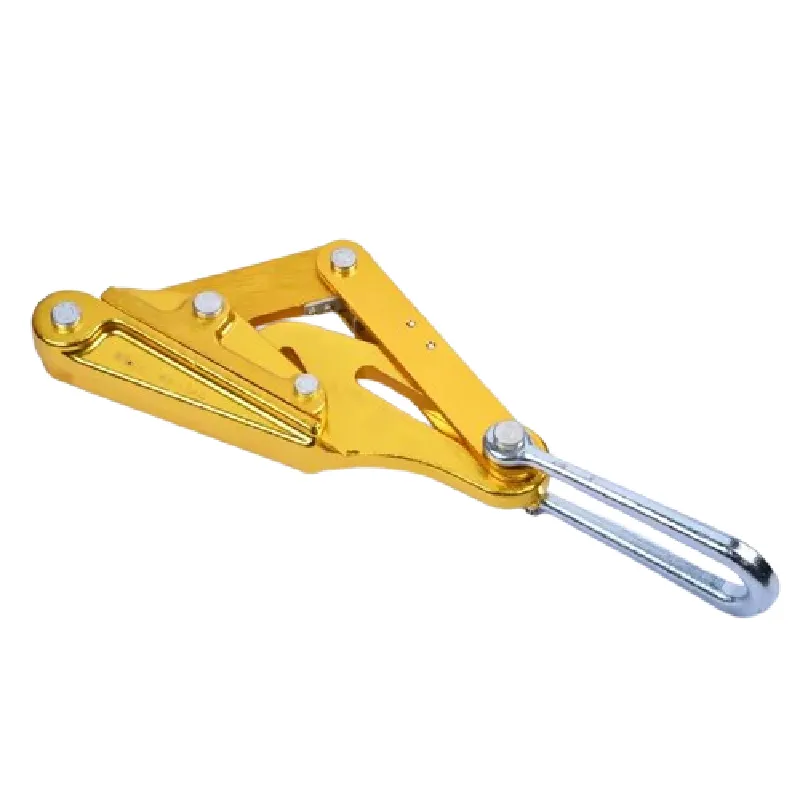
-
 Afrikaans
Afrikaans -
 Albanian
Albanian -
 Amharic
Amharic -
 Arabic
Arabic -
 Armenian
Armenian -
 Azerbaijani
Azerbaijani -
 Basque
Basque -
 Belarusian
Belarusian -
 Bengali
Bengali -
 Bosnian
Bosnian -
 Bulgarian
Bulgarian -
 Catalan
Catalan -
 Cebuano
Cebuano -
 Corsican
Corsican -
 Croatian
Croatian -
 Czech
Czech -
 Danish
Danish -
 Dutch
Dutch -
 English
English -
 Esperanto
Esperanto -
 Estonian
Estonian -
 Finnish
Finnish -
 French
French -
 Frisian
Frisian -
 Galician
Galician -
 Georgian
Georgian -
 German
German -
 Greek
Greek -
 Gujarati
Gujarati -
 Haitian Creole
Haitian Creole -
 hausa
hausa -
 hawaiian
hawaiian -
 Hebrew
Hebrew -
 Hindi
Hindi -
 Miao
Miao -
 Hungarian
Hungarian -
 Icelandic
Icelandic -
 igbo
igbo -
 Indonesian
Indonesian -
 irish
irish -
 Italian
Italian -
 Japanese
Japanese -
 Javanese
Javanese -
 Kannada
Kannada -
 kazakh
kazakh -
 Khmer
Khmer -
 Rwandese
Rwandese -
 Korean
Korean -
 Kurdish
Kurdish -
 Kyrgyz
Kyrgyz -
 Lao
Lao -
 Latin
Latin -
 Latvian
Latvian -
 Lithuanian
Lithuanian -
 Luxembourgish
Luxembourgish -
 Macedonian
Macedonian -
 Malgashi
Malgashi -
 Malay
Malay -
 Malayalam
Malayalam -
 Maltese
Maltese -
 Maori
Maori -
 Marathi
Marathi -
 Mongolian
Mongolian -
 Myanmar
Myanmar -
 Nepali
Nepali -
 Norwegian
Norwegian -
 Norwegian
Norwegian -
 Occitan
Occitan -
 Pashto
Pashto -
 Persian
Persian -
 Polish
Polish -
 Portuguese
Portuguese -
 Punjabi
Punjabi -
 Romanian
Romanian -
 Russian
Russian -
 Samoan
Samoan -
 Scottish Gaelic
Scottish Gaelic -
 Serbian
Serbian -
 Sesotho
Sesotho -
 Shona
Shona -
 Sindhi
Sindhi -
 Sinhala
Sinhala -
 Slovak
Slovak -
 Slovenian
Slovenian -
 Somali
Somali -
 Spanish
Spanish -
 Sundanese
Sundanese -
 Swahili
Swahili -
 Swedish
Swedish -
 Tagalog
Tagalog -
 Tajik
Tajik -
 Tamil
Tamil -
 Tatar
Tatar -
 Telugu
Telugu -
 Thai
Thai -
 Turkish
Turkish -
 Turkmen
Turkmen -
 Ukrainian
Ukrainian -
 Urdu
Urdu -
 Uighur
Uighur -
 Uzbek
Uzbek -
 Vietnamese
Vietnamese -
 Welsh
Welsh -
 Bantu
Bantu -
 Yiddish
Yiddish -
 Yoruba
Yoruba -
 Zulu
Zulu


Sep . 24, 2024 17:13 Back to list
Cable Tie Manufacturing Equipment for Efficient Production Processes
The Evolution of Cable Tie Production Machines
Cable ties, ubiquitous in both domestic and industrial settings, are essential tools for organizing and securing cables and wires. The production of these simple yet effective items has evolved significantly over the years, largely due to advancements in technology and manufacturing processes. The cable tie production machine stands at the forefront of this evolution, enhancing efficiency, precision, and scalability in production.
Traditionally, cable ties were produced using manual methods which were labor-intensive and prone to inconsistency. As the demand for cable ties increased with the growth of electronic devices and networking solutions, manufacturers sought ways to automate the production process. This led to the creation of specialized cable tie production machines capable of producing high volumes with reduced human intervention.
Modern cable tie production machines are equipped with advanced features that streamline the manufacturing process. These machines utilize high-speed extrusion technology to mold plastic into various shapes and sizes. The extruders heat and compress plastic pellets, forming continuous strands which are then cut to desired lengths. This precision ensures that each cable tie produced meets strict quality standards, reducing waste and improving profitability.
cable tie production machine

One of the notable advancements in cable tie production machines is the integration of digital control systems. These systems allow for real-time monitoring and adjustments during the manufacturing process, ensuring uniformity and reducing downtime. Additionally, manufacturers can easily switch between different cable tie designs and specifications with minimal setup time, thus enhancing flexibility.
Sustainability has also become a significant focus in the production of cable ties. Modern machines often come with the capability to use recycled materials, allowing manufacturers to reduce their environmental footprint. This aligns with the global push towards sustainability in manufacturing practices, catering to environmentally conscious consumers and businesses.
Moreover, the development of automated packaging solutions has revolutionized how cable ties are presented to the market. Advanced machines not only produce the ties but also package them efficiently, ready for distribution. This end-to-end automation minimizes manual handling and further optimizes the production line.
In conclusion, cable tie production machines play a crucial role in meeting the growing demand for these essential products. Through technological innovations and sustainable practices, these machines have transformed the manufacturing landscape, offering enhanced efficiency and quality. As the industry continues to evolve, we can expect further advancements that will make cable tie production even more efficient and environmentally friendly, ensuring that they remain a staple in modern organization and cable management solutions.
Latest news
What Are Construction Tools and How Are They Used?
NewsJul.11,2025
Professional-Grade Duct Rodding Tools for Superior Cable Installation
NewsJul.11,2025
Enhancing Safety and Efficiency with Modern Hot Stick Solutions
NewsJul.11,2025
Empowering Cable Installation with Advanced Rodder Solutions
NewsJul.11,2025
Elevate Your Cable Installation Projects with Cable Pulling Tools
NewsJul.11,2025
Efficient Cable Handling Solutions: Cable Rollers for Sale
NewsJul.11,2025











